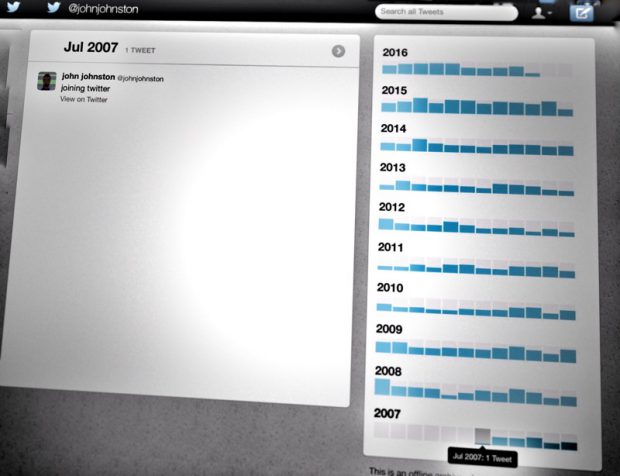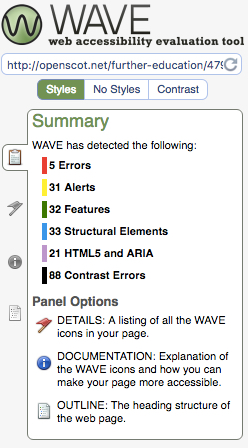Thing 8 is Facebook and here is a cautionary tale….
I have not been a Facebook user for a couple of years now, but that is more by accident than design. I first started using Facebook in 2007, primarily to chat with work colleagues outside work and to keep in touch with various friends and family. I used it fairly consistently over the next seven years, though to be honest it was really starting to annoy me. In addition to Facebook’s high handed attitude to privacy I found the targeted advertising intrusive, sexist, and annoying. (No Facebook, for the millionth time, I do not want to loose weight or go on a diet. Please fuck off.)
Anyway, in 2013 I was made redundant by the University of Strathclyde where I had worked for sixteen years. My entire online identify was tied up with an institutional e-mail address which I was told would be deleted 3 months after my contract was terminated. Needless to say, untangling all my accounts and subscriptions from my Strathclyde e-mail address was a significant task, but I did it, and I now use a non-academic e-mail address to subscribe to my social media accounts. I’m not going to make the same mistake twice.
A couple of years later the hard disk on my mac and my iphone died within a couple of weeks of each other and when I replaced them and went to log back into Facebook I discovered that not only had I forgotten my password (yeah, go on, laugh) my account was also still associated with my Strathclyde address which had long since been deleted. That meant that I couldn’t get my password reset and I was locked out of my account. Needless to say I was pretty pissed off, but really I had no one to blame but myself. I did eventually discover that there is a way to reset your account by passing keys back and forth to nominated friends but I never quite got round to requesting the keys to be sent and, before long, I realised that I didn’t actually miss Facebook at all. I quite happily washed my hands of it and moved on.
Since then I have actually remembered my password (you’re still laughing, aren’t you?) but I haven’t reactivated my account because I don’t miss it, I don’t want it, and I certainly don’t want it associated with the social media accounts I do actually use. I suppose I should really just go and salvage anything that’s worth keeping and then delete the whole account but somehow I never seem to get round to doing that.
I’ll leave you to draw your own conclusions from this cautionary tale :}




 The blog I chose was the
The blog I chose was the 
